How can we make sure our homes are prepared for adverse weather conditions? A huge 20% of home insurance claims are roof-related, so here’s some help to prevent it happening to you.
Roof leaks often go unnoticed for sometime because damp can build up slowly, especially when the cause of the leak is just a small crack or hole. The other problem is that the damp may not always show directly below the root cause, due to the pitch of the roof. Of the most common causes, some can be easier to spot than others, but all can result in costly damage, so don’t wait too long before acting on any wet spots you notice.
Here are some of the main causes:
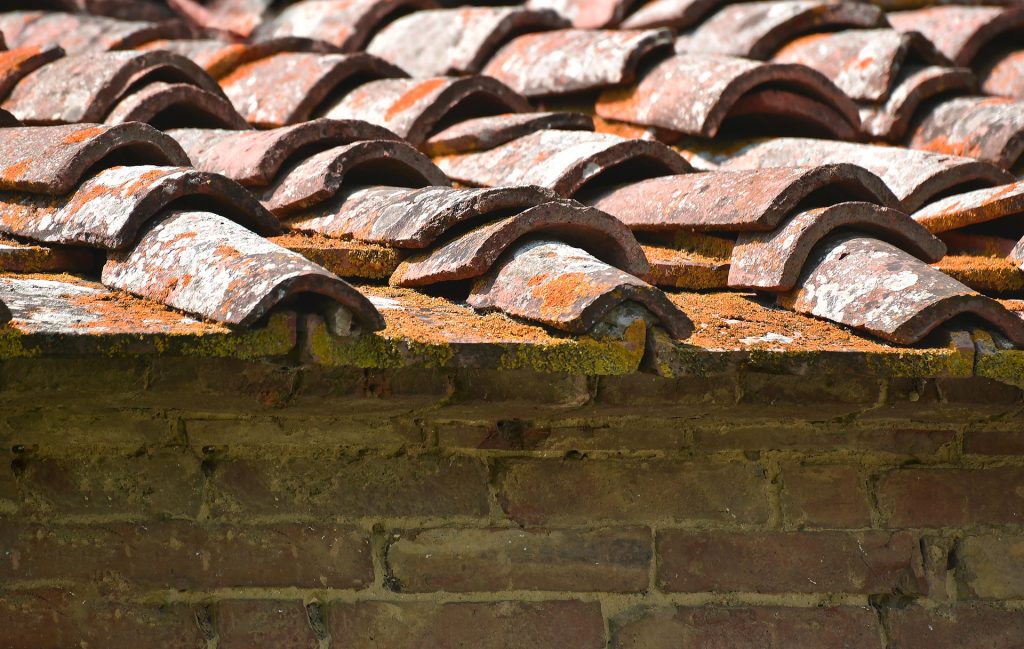
Missing tiles are often visible from outside, but if you suspect a gap or crack in the tiles but can’t see anything obvious, try going up into the loft and shining a torch onto the inside of the roof on a rainy day, as any water will reflect in the torchlight.
If you do locate the leak, don’t try to repair it yourself, we’d always recommend you call in the experts for this one.
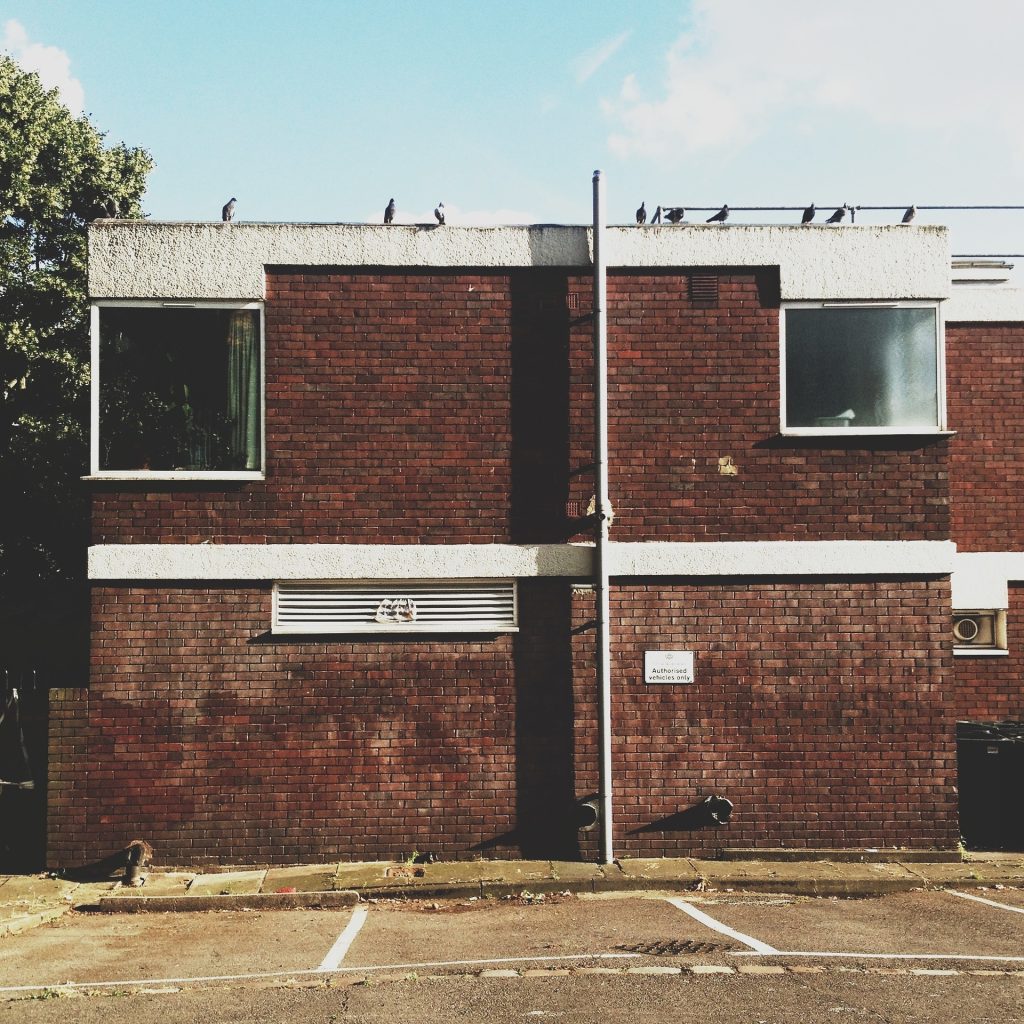
Water can pool in low spots on flat roofs or collect in valley gutters if they are not laid to the correct pitch or have become blocked. In this case water will leak into the roof directly below the pool.
Sun light can also be a factor causing cracking often followed by heavy rain penetrating through the cracks resulting in leaks after a hot dry spell. This can be fixed but you’ll need to call an expert, so try The National Federation of Roofing Contractors Limited (NFRC) to find a local repairer.
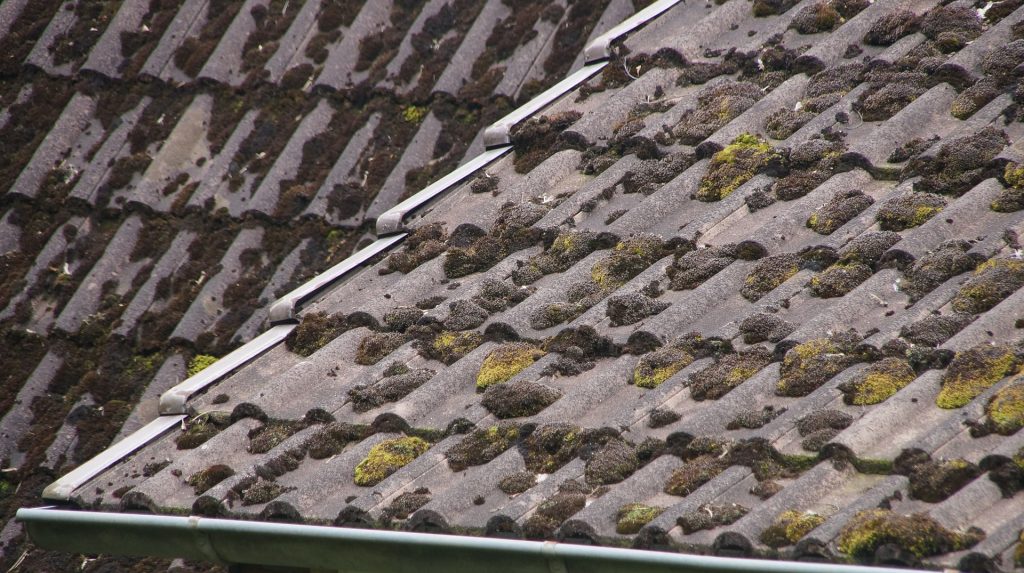
Flashing around roof joints, skylights and chimney stacks can often be a culprit of damp. Over time the metal and sealant corrodes and needs re-sealing or replacing. Mortar joints in the brickwork of chimney stacks, and the mortar beds of chimney pots can also be damaged by frost.
Ensure any obvious gaps are sealed and old flashing replaced at the first sign of a leak. If you’re in an older property, consider asking a local contractor to carry out a roof inspection every few years.
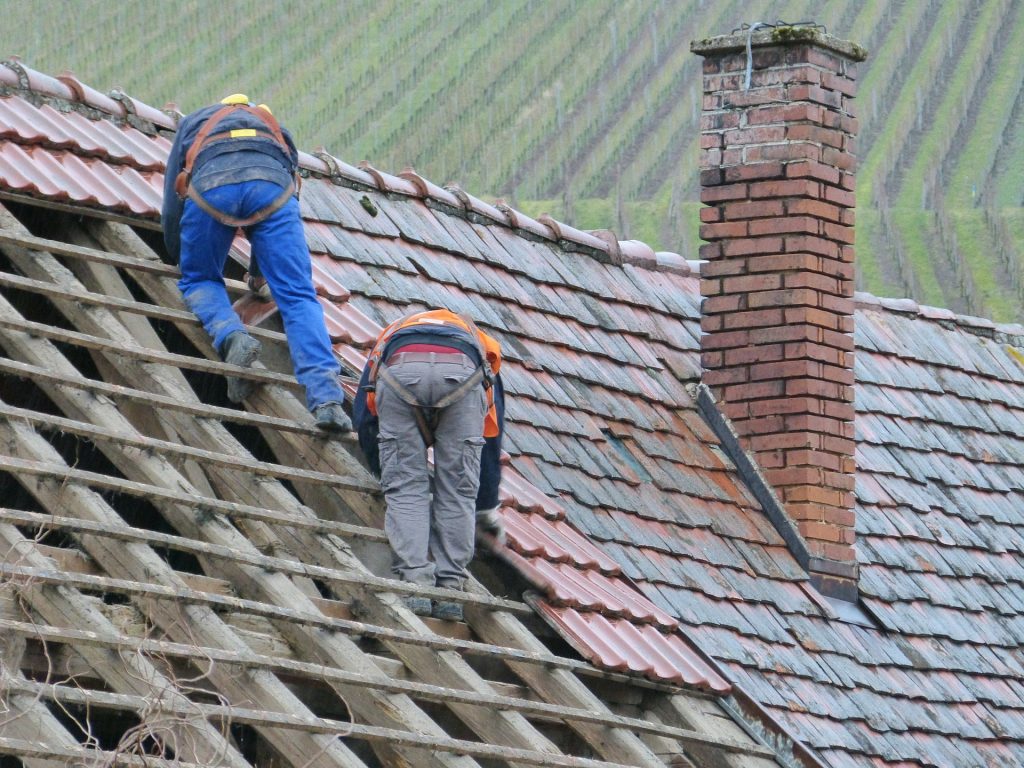
Holes in felt underlay can help contribute to a loss of tiles or slates in adverse weather, as well as being a source of a leak itself. If you have access to your loft you’ll be able to see the underlay. Tears can be repaired quite easily, but if it’s rotting that’s causing the damage it will probably need replacing.
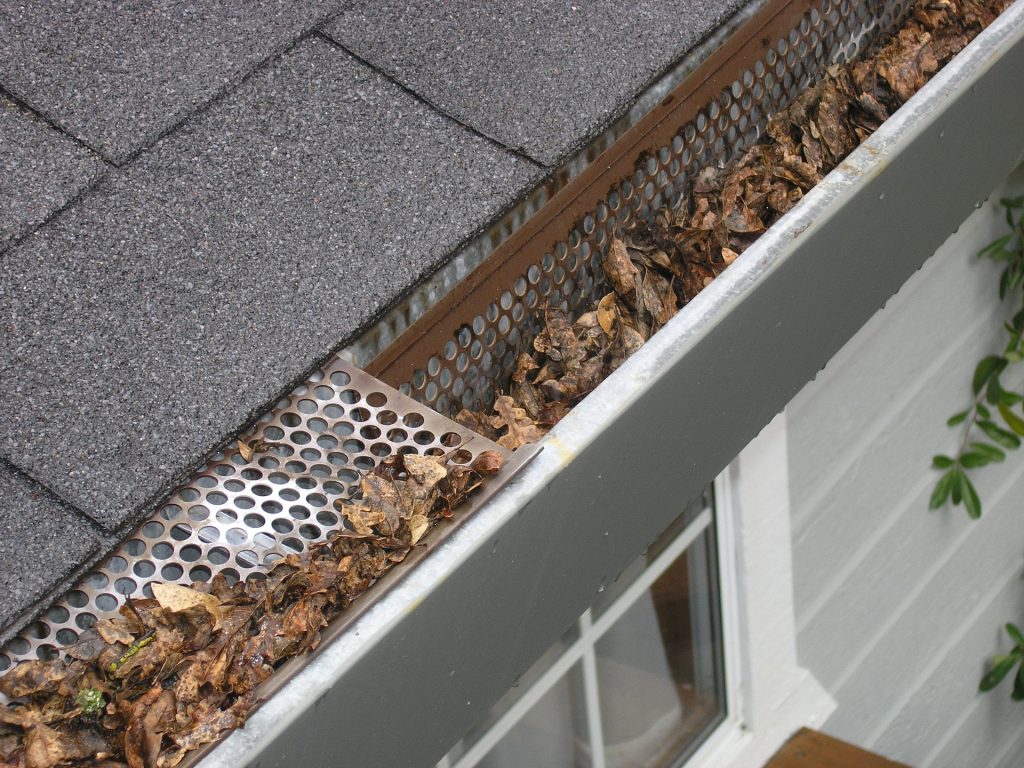
You can usually spot this problem by water gushing down from the area of the blockage when it rains. Ensure you clean out your gutters regularly, particularly during winter when leaves and moss can accumulate.
Also take note of soffit and fascia damage. These not only keep your guttering in place but help to keep water away from the wooden framework under the roof. As well as keeping your gutters clear, you should ensure that soffits and fascias are regularly repainted to protect against rot. Alternatively you could consider replacing timber with lower maintenance PVC boards.
If you take good care of your property you should minimise the risk of a leak, but it’s worth reviewing your Home Insurance policy to check which roof-related disasters you’re covered for.
Subscribe to our newsletter to be notified when we publish more useful free guides